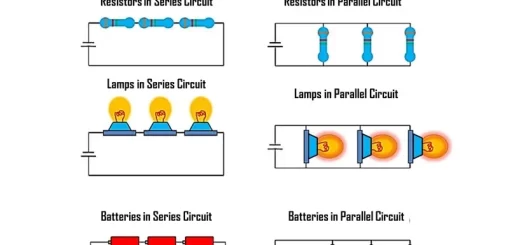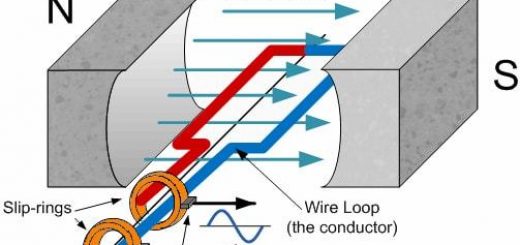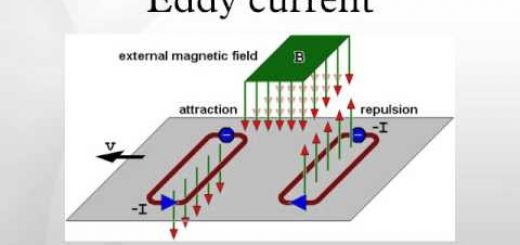Static objects, Moving objects, Types of Motion and Velocity
Motion
It is the change in the position of an object relative to fixed point as time passes , The motion of an object can be represented by taking a series of successive photos in equal intervals of time , The pattern that shows the sequence of motion is called the motion diagram .
The objects around us can be sorted into static objects and moving objects , Static object is the object that does not change its position relative to a fixed point as time passes , while moving object is the object that changes its position relative to a fixed point as time passes .
Types of motion
Motion can be classified into two main types which are Translational motion and periodic motion and the simplest type of motion is the motion in a straight line .
Translational motion
It is the motion which is characterized by having a starting point and an end point , Such as Motion in a straight line ( train motion ) , Projectile motion and Transportation motion .
Periodic motion
It is the motion that repeats itself over equal intervals of time , Such as Motion in a circle , Vibrational motion ( pendulum , tuning fork ) and Motion of the Moon around the Earth .
Velocity ( v )
If a car moves to cover a distance in a certain direction ( displacement ) Δ d in time interval Δ t , the car velocity ( v ) can be found by the relation :
V = Δ d / Δ t
Where ( Δ d = d2 − d1 ) and ( Δ t = t2 − t1 ) .
Velocity is the rate of change of displacement or it is the displacement moved by an object in one second , Unit of measuring velocity is m/s or km/h , Dimensions of velocity is LT−1 .
You can convert the unit of measuring velocity from km/h into m/s as follows
1 km / h = 1 km / 1 h = [ 1000 / ( 60 × 60 s ) = ( 5 / 18 ) m / s
When a car moves at velocity of 40 m/s , This means that this car covers a displacement of 40 m every 1 second or the rate of change of the car displacement is 40 m / s .
Speed is the distance moved by the object per unit time , It is a scalar quantity , It is defined by its magnitude only and it is always positive , Example : A car moves at speed 90 km / h .
Velocity is the displacement of the object per unit time , It is a vector quantity , It is defined by its magnitude and direction , It is positive in a certain direction and negative in the opposite direction , Example : A car moves at velocity 80 km / h to East .
Types of velocity
Uniform velocity is the velocity in which the object moves through equal displacements in equal intervals of time , The object moves at constant magnitude in one direction ( in a straight line ) .
Non-uniform velocity is the velocity in which the object moves through unequal displacements in equal intervals of time , Velocity may change its magnitude or direction .
Graphical representation
When plotting the relation between displacement ( d ) on the ordinate ( y – axis ) and time ( t ) on the abscissa ( x-axis ) we may get :
The slope of straight line gives the uniform velocity at which the object moves , The slope of the tangent drawn to the curve at any point gives the instantaneous velocity of the object at this point .
When the object moves at non-uniform velocity , its velocity changes from one instant to another , So , we can find :
The instantaneous velocity : v = Δ d / Δ t
The average velocity : vav = d / t
The instantaneous velocity
It is the velocity of the object at a given instant , The instantaneous velocity of an object is given by the slope the tangent drawn to the curve at the point corresponding to that instant .
Slope of tangent = v = Δ d / Δ t
Average velocity
It is given by dividing the total displacement of the object from the starting point by the total time of motion , The average velocity of an object is given by the slope of the line joining the starting point and the end point .
Slope of line = vav = d / t
Guidelines to solve problems
To solve the problems of velocity , use the relation v = Δ d / Δ t , Where Δ d is the change of displacement which is determined by the relation , Δ d = d2 − d1 .
The average velocity differs from the average speed where :
Average velocity = Total displacement / Total time
Average speed = Total distance / Total time
Average velocity is a vector quantity , Average speed is a scalar quantity .
Instantaneous velocity and average velocity are equal when the object moves uniformly which means that the average velocity equals the uniform velocity by which the object covers the same displacement at the same interval of time .
When ? means find the time ( t ) , Where means find the displacement ( d ) .




